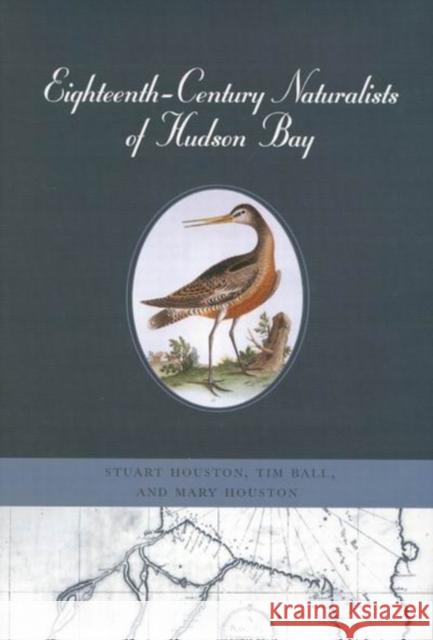Eighteenth-Century Naturalists of Hudson Bay » książka
Eighteenth-Century Naturalists of Hudson Bay
ISBN-13: 9780773522855 / Angielski / Twarda / 2003 / 360 str.
Eighteenth-Century Naturalists of Hudson Bay presents the scientific achievements of the Hudson Bay Company's early employees, drawing largely on materials in the HBC Winnipeg archives. C. Stuart Houston, Tim Ball, and Mary Houston make amends for two centuries of neglect of these collector-observers, showing that fur traders in isolated trading posts on Hudson Bay were involved in some of the earliest stirrings of science on the continent andd that the fur traders and Native people worked together in a remarkable symbiosis, beneficial to both parties. the HBC trading posts over two centuries provide the largest and longest consecutive series available anywhere in North America, one that can help us understand the mechanisms and amount of climate change. They demonstrate that Hudson Bay is the second largest site of new bird species named by Linnaeus and reproduce some of George Edwards' colour paintings of these new species. Six informative appendices reveal how the invaluable HBC archives were transferred from London, England, to Winnipeg, correct previous misinterpretations of the collaboration and relative contributions of Thomas Hutchins and Andrew Graham, use two centuries of HBC fur returns to demonstrate the ten-year hare and lynx cycles, tell how the swan trade almost extirpated the Trumpeter Swan, explain how the Canada Goose got its name before there was a Canada, and offer an extensive list of 18th-century Cree names for birds, mammals, and fish. Informative tables list the 18th-century surgeons at York Factory and give names and dates for the annual supply ships.











